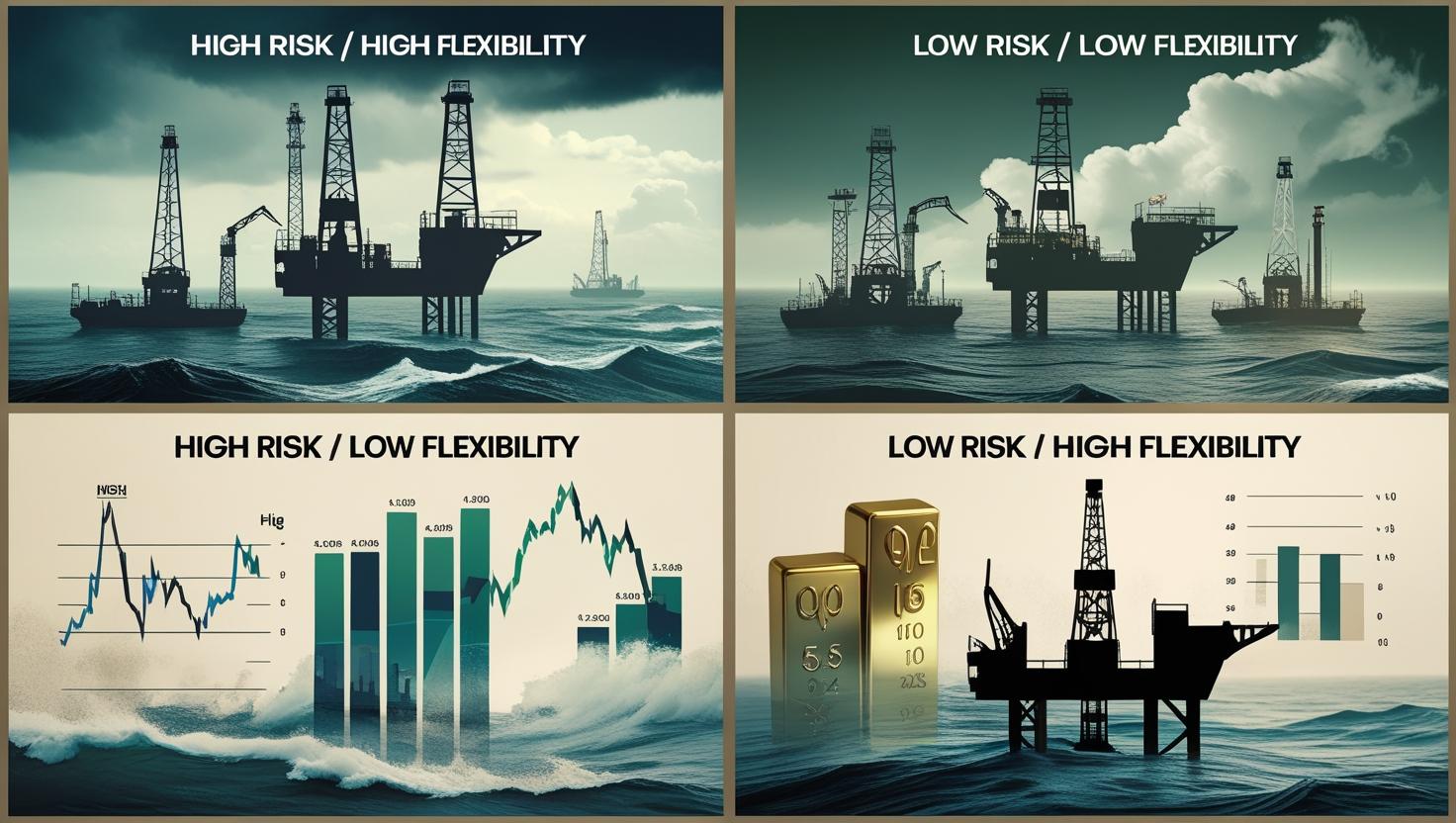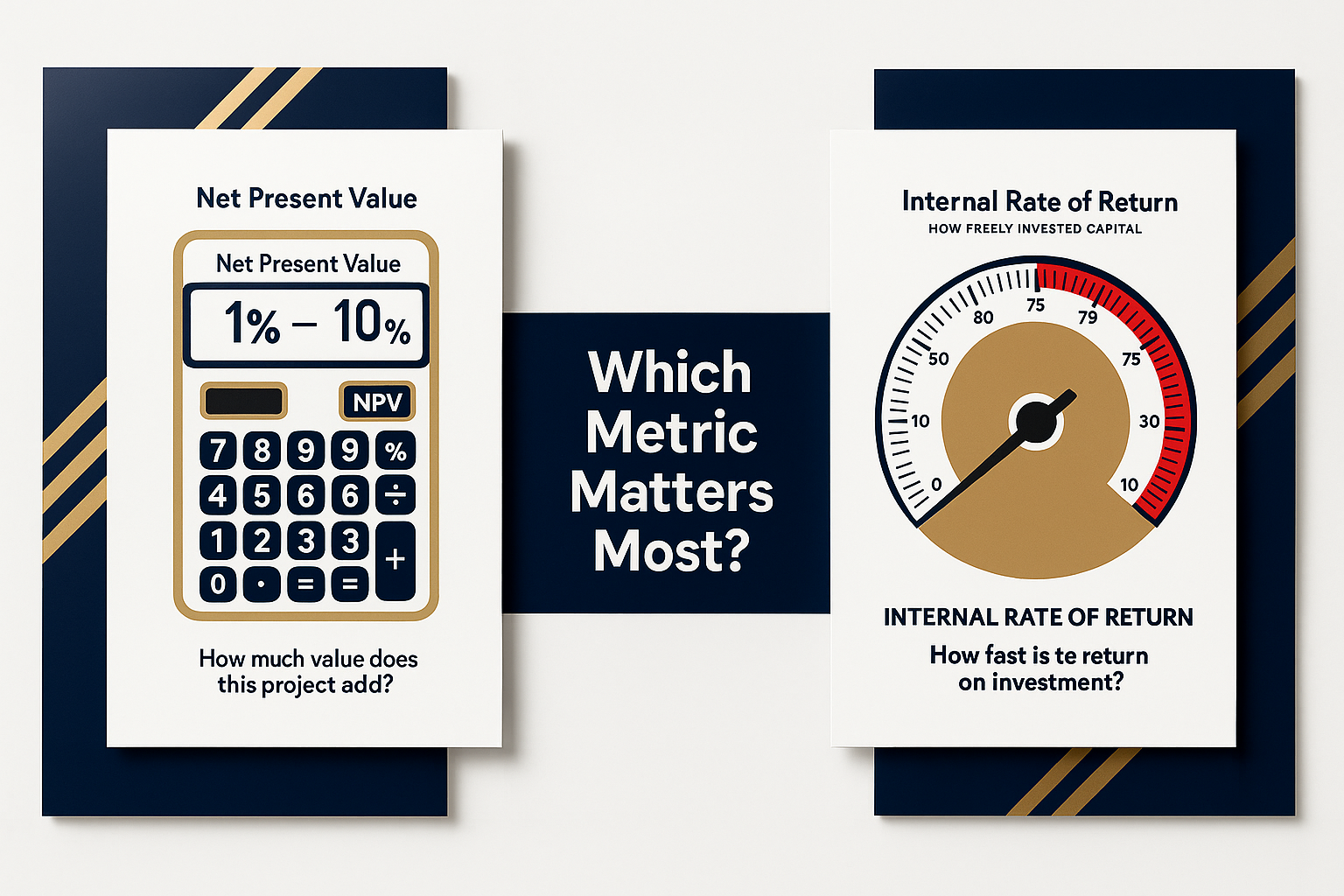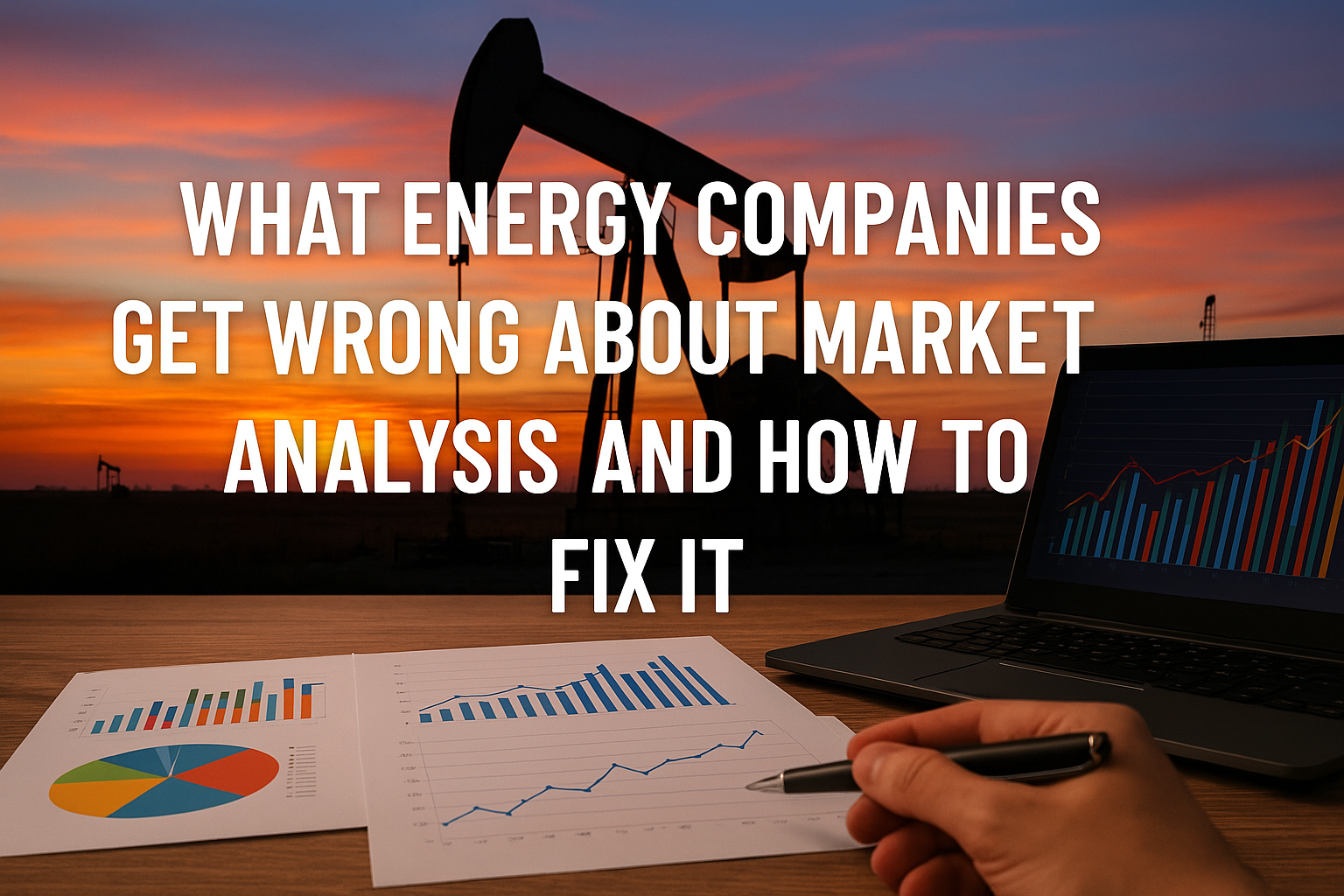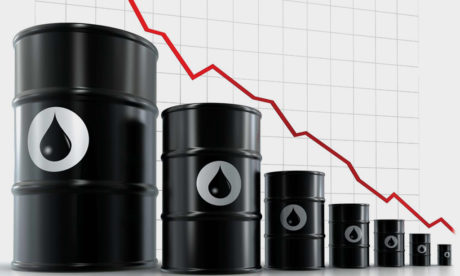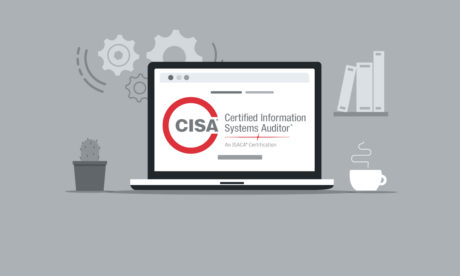Balancing Risk and Return in Field Redevelopment: A Pragmatic Path Forward
For many African producers, including Nigeria, Ghana, and Angola, redeveloping brownfields isn't just about squeezing the last drop; it’s about leveraging existing assets to create a new era of productivity if done right.
Read MoreSensitivity Analysis vs. Scenario Analysis: Understanding the Differences and When to Use Each
In times of rapid change and rising complexity, relying on static forecasts is no longer enough. Organisations need tools that support dynamic decision-making and flexible planning. Sensitivity and scenario analysis empower teams to test assumptions, explore outcomes, and prepare for a range of possibilities, turning uncertainty into insight.
Read MoreReal Options Valuation in Petroleum Projects: Enhancing Decision-Making in Uncertain Markets
In petroleum project valuation, real options reflect the managerial flexibility that exists throughout the lifecycle of upstream oil and gas investments. Unlike static DCF models, real options treat projects not as fixed plans but as dynamic opportunities.
Read MoreNPV vs. IRR: Which Metric Matters Most?
In the oil and gas industry, where billion-dollar decisions ride on production forecasts, capital expenditure, and commodity prices, the financial models behind those decisions must be as robust as the engineering that supports them.
Read MoreBuilding Economic Models with Declining Production Profiles
When companies overestimate production or fail to adjust financial models to reflect declining output, they risk distorted project economics, misaligned investments, and operational inefficiencies.
Read MoreLifecycle Costs in Upstream Ventures
In upstream oil and gas ventures, understanding the full lifecycle cost of a project is not just a financial necessity—it’s a strategic advantage. From exploration to decommissioning, each stage carries its risks, capital requirements, and long-term financial implications.
Read MoreFundamentals of Cash Flow Modelling in Oil & Gas
Cash flow modelling is one of the most important tools for making sound financial decisions in the oil and gas industry. Yet, despite its importance, cash flow modelling is often misunderstood or underutilised. Some professionals focus solely on the technical side of operations, leaving the financial modelling to analysts. Others may rely on outdated or oversimplified models that fail to capture the true dynamics of a project’s cash inflows and outflows. Either way, the result is the same: missed opportunities, poorly informed decisions, and increased financial risk.
Read MoreWhat Energy Companies Get Wrong About Market Analysis and How to Fix It
In boardrooms across the energy industry, one phrase gets repeated like a mantra: “We’re a data-driven company.” But behind the dashboards and analytics platforms, many energy firms are making critical mistakes in their market analysis processes.
Read MoreThe Costly Mistakes Energy Projects Keep Repeating and How to Avoid Them
Every mistake costs time, money, and momentum. But with the right approach, energy projects can be more than just functional; they can be flawless, future-proof, and transformative.
Read MoreThe Hidden Cost of Poor Commercial Awareness in Energy – And Why Every Professional Must Understand Market Dynamics
Energy companies that fail to train their workforce in commercial awareness risk financial instability, regulatory fines, and poor market positioning.
Read More


